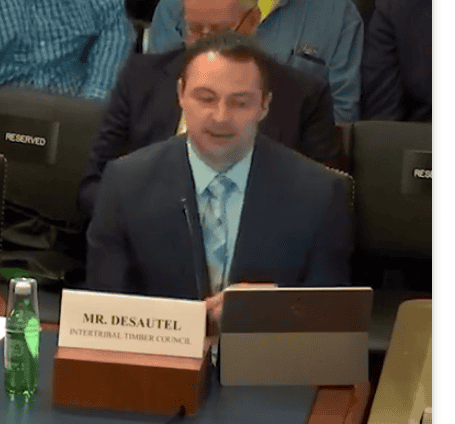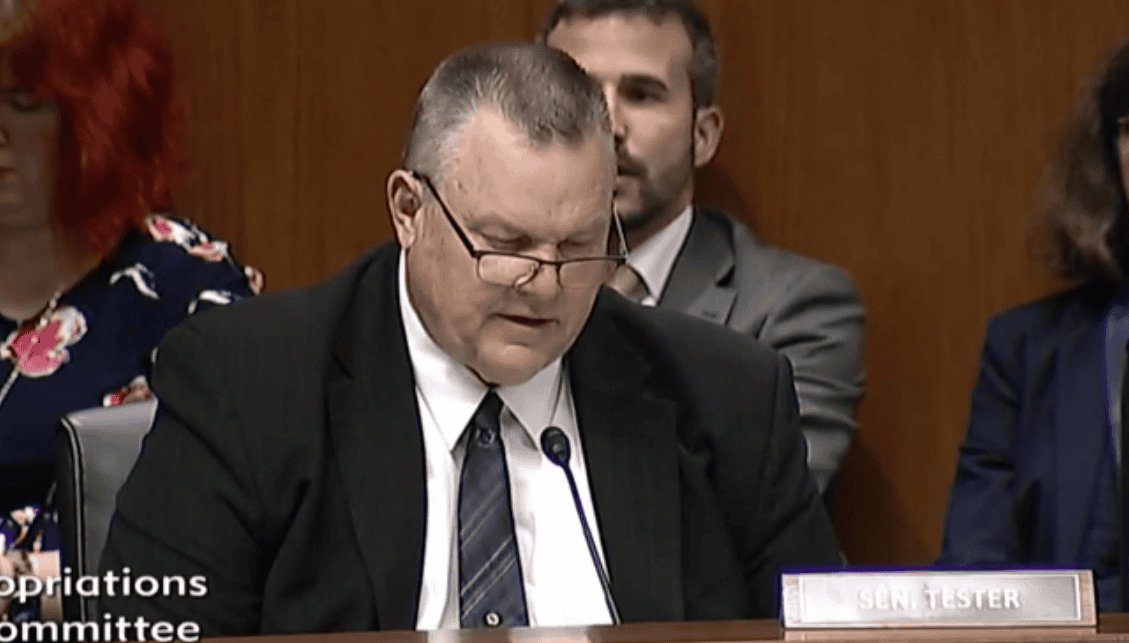The Chief mentioned the Community Wildfire Protection Program, which reminded me of this article (thanks to Nick Smith!). Bay Nature is sensitive about my excerpting too much from their pieces but the piece is available without a paywall here. There’s also a great chart showing how long it took for different grants to go through.
The Community Wildfire Defense Grants are a brand-new program that was kickstarted by the Bipartisan Infrastructure Law last year. Nationwide, the program will provide $1 billion dollars over five years to help communities manage their fire risks. Grants are meant for the communities in greatest need, and applicants are weighed by socioeconomic factors as well as fire risk—work happens on private or tribal trust lands, not federal properties. “Some people might be saying, ‘It’s delayed.’ But on the other hand, it’s a new program that they had to stand up very quickly,” says Evan Burks, spokesperson for the USFS. “And it’s been an absolute game-changer.”
Galleher and his colleagues weren’t the only ones who encountered delays. Elsewhere in Plumas County, the Feather River Resource Conservation District, a nonregulatory local agency that works on post-fire restoration, waited 10 months for its $8.5 million grant. Outside of Plumas, the Forest Service says, three of California’s 33 grantees have yet to receive awards totaling over $10 million—and it’s been a year and counting since that round of awards was announced. These include northern California communities in Mendocino, Trinity, and Kern. On average, grants took about 250 days, or about eight months, to execute.
“High-risk communities have to fret through fire seasons, while they just sort of hope to God that they don’t have a fire come through the neighborhood,” says Hugh Safford, a former regional ecologist who left the Forest Service in 2021. He now works on forest resilience as chief scientist at a tech startup, Vibrant Planet, and holds an ecology research position at UC Davis. “It means that they’re gonna go another fire season without having the work done.”
USFS officials say grants were held up due to small, bureaucratic delays—such as checking signatures were valid, or budget back-and-forths. But Adrienne Freeman, a spokesperson for the grant program, also acknowledges two factors: an agency-wide staffing shortage, and a lack of an external clearinghouse to get the money moving on the beleaguered Forest Service’s behalf. “The Forest Service, [which] has extremely limited capacity, is doing all of these grants. So, fundamentally, it’s gonna be a challenge,” Freeman says. Some states have taken over administering the grants, and CalFire has distributed some federal money originating from the USDA. But for this round of funding, the state of California opted out, putting the onus back on the federal government.
Safford likens the funds to water pouring into these communities—the nozzle that they’re coming through just isn’t big enough. “It has a really big opening where the federal government has poured in billions and billions,” he says. “It’s stacked up and overflowing at the top but there’s nothing coming out of the bottom.”
So all that was interesting, and here’s an interesting on-the-ground perspective about post-fire treatments. Each forest’s condition is different post-fire.
“In a large amount of the areas we work in there is 100% tree mortality,” Hall says. “Just completely cooked.” These are rural areas, at places where dead trees meet with burned-down residences—but despite the lack of green, these areas are presently just as much of a fire risk as the unburned areas—if not more. The ground is dry. The smoked trees, like charcoal at the heart of a hearth, are ready to rekindle at the smallest spark. When a reburn goes through a patch like this, “It’s hotter and quicker,” Hall says. “There’s not a lot of smoldering because the material is so combustible. So [fires] burn quick and move through fast.”
Ideally, Hall says, you take a crew into the dead zone within the first year of a devastating fire. At that stage, you can still use herbicides and hand-held tools to clear the burned trees and young shrubs. But when rot starts to set in, branches will weaken. The canopy becomes a hazard of its own. “After four years, large trees become really dangerous,” Hall says. “Your only hope is to maybe knock them over with an excavator.”
When the federal funds finally arrived in January, the ground in Plumas was snowy, and too wet for tree removal to begin. Hall plans to start the project in the fall instead—a little more than three years since the Dixie Fire. He doesn’t fault the Forest Service for the long delays, saying it’s “pretty darn typical” of a federal agency to be slow, and adds that the conservation district’s been managing fine with other sources of funds.
They’ve done this before: remove dead trees and brush from private property, and then step in to replant the forest with baby ponderosa pine, incense cedar, sugar pine, and Douglas fir. That’s the way to break the burn cycle, Hall says.
But he is worried. There’s an eight- to 12-year post-fire window, he says, during which the dead trees and the shrubs growing around them pose a serious threat of reburning—and, with large wildfires coming more frequently nowadays, they are more likely to do so. That’s the real clock they’re up against. “It can burn again,” he says. “It will burn again.”



